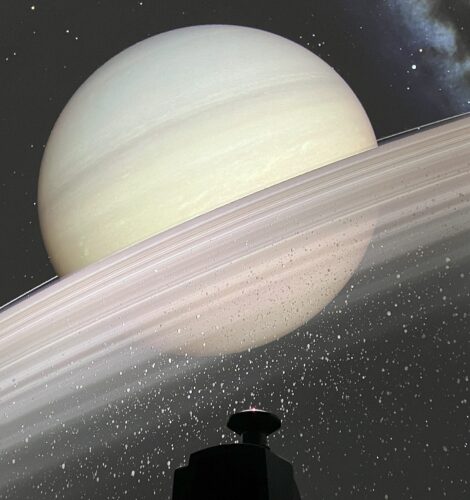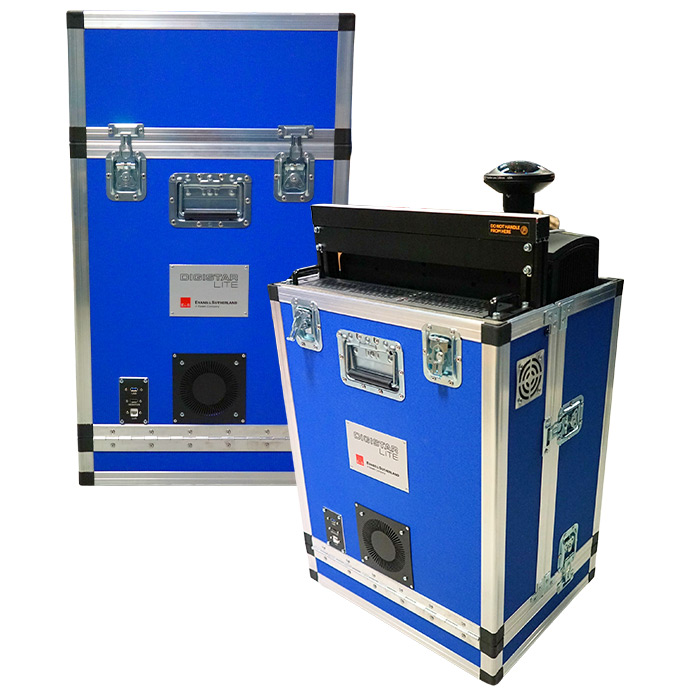

DIGISTAR LITE
Skypoint Planetariums is the developer and manufacturer of the Digistar Lite system, the ultimate in mobile planetariums, that includes the core features of Digistar software and is shipped all over the world.


With advanced features, not previously available in portable planetarium systems, Digistar Lite will revolutionize the way you present fulldome astronomy in your mobile dome. Digistar Lite is also perfect as an entry-level system for institutions, schools, and associations that have a small to medium permanent dome but not the budget for a full Digistar system.
Worldwide Installations
In the field of Mobile Planetariums, Skypoint has successfully completed more than 100 installations worldwide. Check our map to discover the regions where we have been operational.
Features and Technicals
Ready to Use
With Digistar Lite, setup is fast and simple. The projector sets up in seconds and no special tools are needed. All computer components are easily accessible and only require a single power cable to come online. You can control the planetarium from a tablet (Windows, Android, iPad) or from a laptop.
Fulldome Shows Included
The system includes some very recent fulldome movies with a perpetual license. Each show is provided with English narration while other languages when available (additional languages can be recorded locally by the customer). The E&S Show catalogue has a list of more than 400 optional fulldome shows, on different contents, and with different prices to match every customer’s budget.
Multi-language
Digistar is fully Unicode compliant, allowing real-time on-dome text to be displayed in virtually any language or character set. Digistar includes labels for the most common languages.
Integrated LED LIGHTS
The Digistar Lite has an integrated 1300 lumen RGB LED bar to provide simple, beautiful entrance and exit illumination or more elaborate lighting effects from Digistar Lite.


Optionals & Upgrades
Optional Hardware Upgrades
Additional hardware upgrades are available to customize the Digistar Lite to your needs, including audio 4.0, accessibility audio package and more.
Optional Software Upgrades
Digistar Lite‘s functionality can be expanded with software upgrades including: Show Builder, Hi-Res Planetary Surfaces, AMNH Digital Universe, STEAM, NOAA-Science on a Sphere, Solar Dynamic Observatory, Digistar Cloud, Domecasting, and more.
